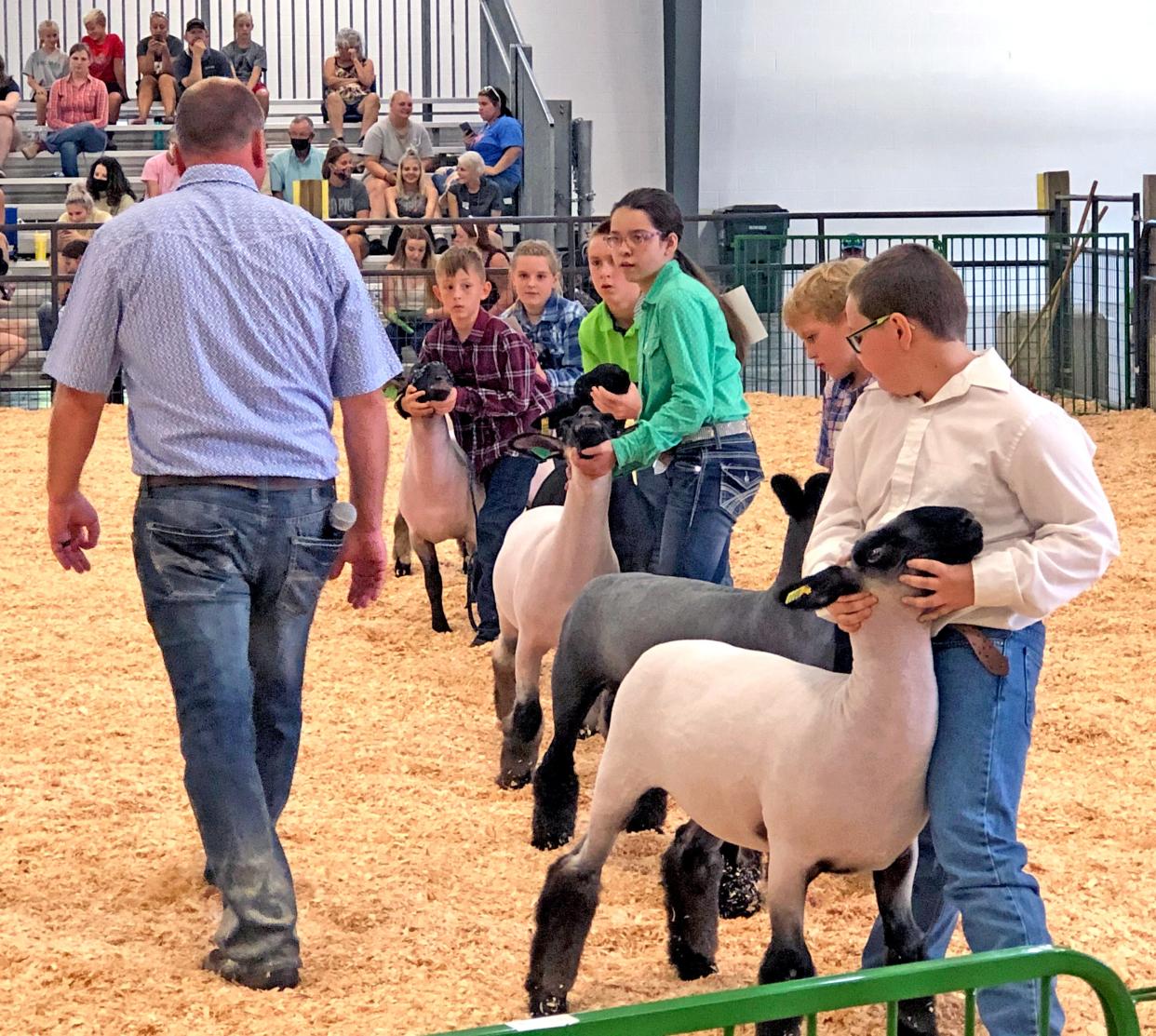Its time for breeding preparation for small ruminants

It is almost that time of the year when breeding preparations are being made in our goat herds and sheep flocks.
One very important factor that should be considered before you start breeding your animals is their body condition score, also known as BCS in livestock.
This is very important for not only your does/ewes but your bucks/rams.
More: Be on the lookout for potato leafhopper
The BCS scale ranges from 1-5, with 1 being very thin and 5 being very fat. For does/ewes you want their BCS to be between 3 and 4 during breeding season and maintain that condition until lambing/kidding season.
Signs to look for when determining their BSC include feeling the spine behind the last rib and in front of the hip bones. Can you feel that the tips are sharp or rounded?
Another way to check the animals’ condition is by feeling the rib cage. This helps you tell how much fat cover the animal has. When animals are too fat, they may have issues conceiving and kidding/lambing.
Also, animals that are too fat have a higher chance of developing pregnancy toxemia in the last month of gestation. Animals in too thin of condition can have trouble getting bred and recognizing the pregnancy.
CDT vaccination should be part of your program
One vaccination that should be a part of your program is the annual CDT vaccination. This vaccination prevents Type C, Type D and Tetanus (CDT). This shot can help protect your herd/flock from clostridial diseases. This vaccination is given in one or two doses.
According to Cornell University, enterotoxemia type C affects kids and lambs during their first few weeks of life. The most common sign to look for in an infected animal is bloody stools. Enterotoxemia type D is more commonly known as overeating disease. This can affect any animal at any age. According to Colorado State University, what triggers this disease is a sudden change in the animals’ diet.
An example would be a rapid increase in grain consumption. It is recommended that any change in grain concentration in a ration should be gradual. Signs an animal could be suffering from overeating disease include going off feed and becoming lethargic, showing abdominal discomfort, laying down and getting back up often, laying on their sides, crying out, panting and diarrhea.
If the animal is lying flat on their side, extending their legs, or they lose their ability to stand, this is a sign that the toxins have reached the brain and death commonly occurs in minutes or hours. Sometimes enterotoxemia happens so quickly the animal may be found dead without showing any signs.
Lastly, tetanus could be caused from a laceration from an object in the barn or pasture. It could also occur after castration, tail docking or dehorning. Signs of tetanus can occur days to weeks after the event has taken place if the animal has not been given a CDT vaccination.
Signs of tetanus include lockjaw, protrusion of the third eyelid across the eye, position with all four legs straight and stiff with the head drawn back, and inability to eat or drink. Prevention for this disease is the best course of action than trying to treat an animal that is already showing signs of tetanus.
Before starting breeding make sure CDT vaccination is up to date
Make sure your buck/ram is up to date on his CDT vaccination before starting breeding. Dr. Eric Gordon, DVM at The Ohio State University, suggested giving bucks and rams a shot of CDT a month before they are put in with the does/ewes.
The CDT vaccination process is a little different when it comes to vaccinating does/ewes. Gordon suggests does and ewes be vaccinated during their last month of pregnancy. For first-time mothers, he suggests giving two rounds of shots. One at six weeks before kidding/lambing and another three weeks before kidding/lambing.
Vaccinating the dams, whether they are first-timers or veterans, at this point of gestation allows the antibodies to be transmitted to lambs/kids in colostrum. Always make sure to booster the babies with CDT before dehorning, castrating, or tail docking. There are many different brands of CDT vaccinations on the market today, it is easy to find one that works best for your program by contacting your herd vet.
This article originally appeared on The Daily Record: Are your sheep, goats ready for breeding?

